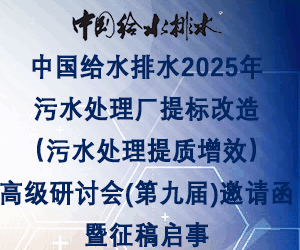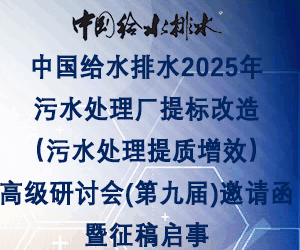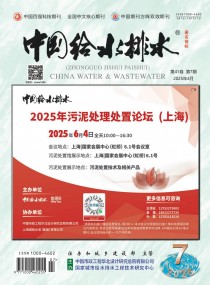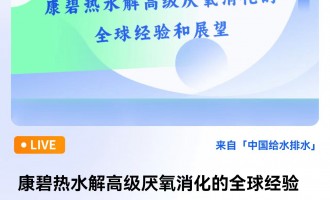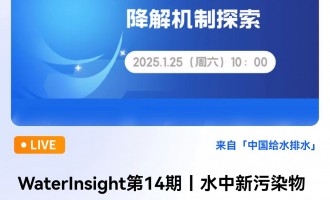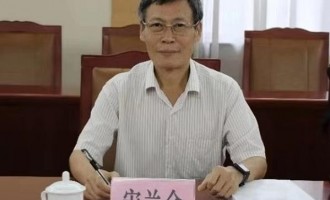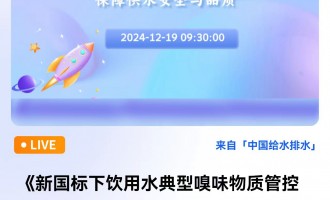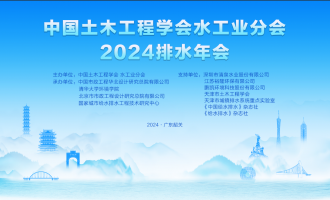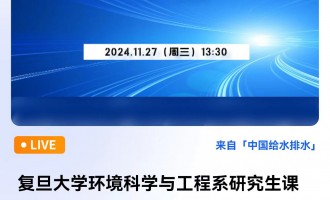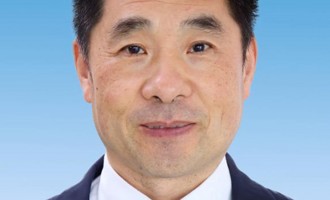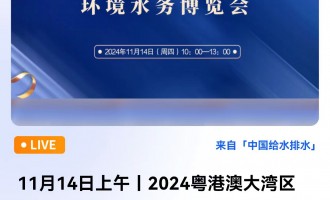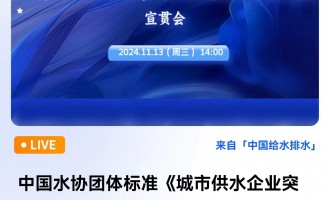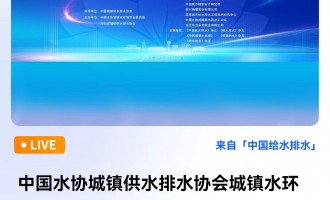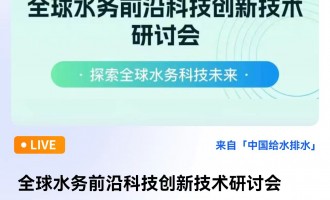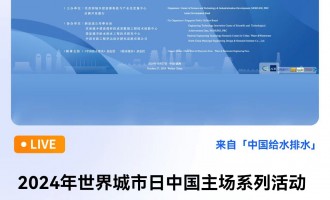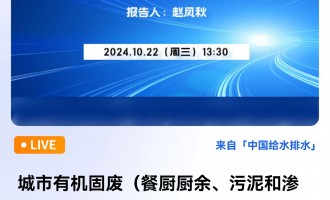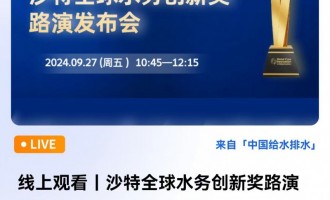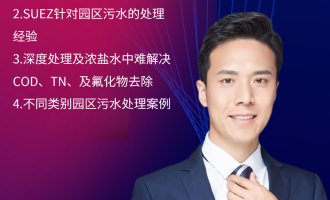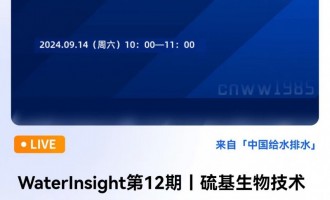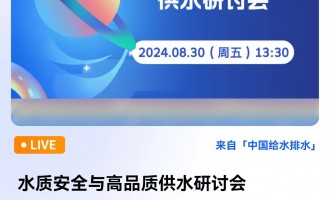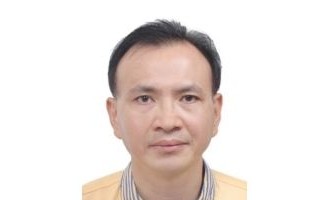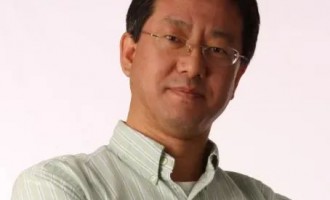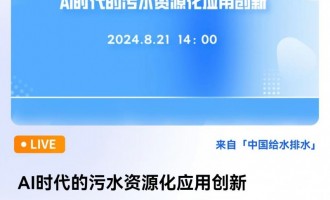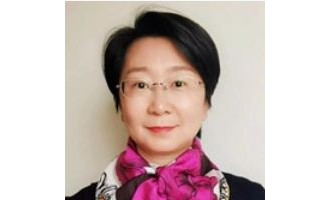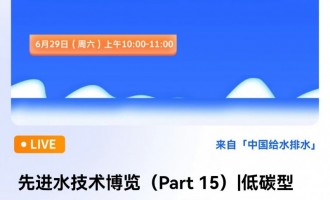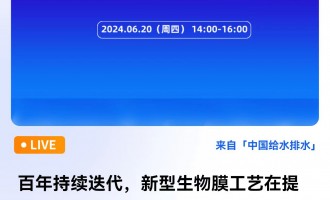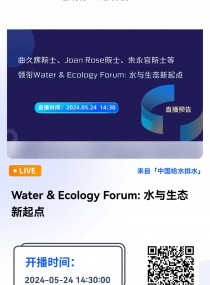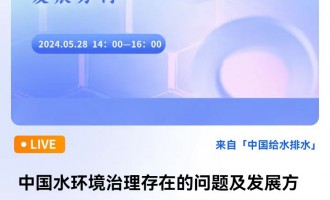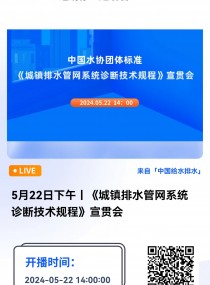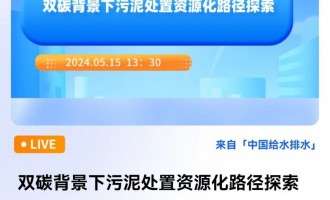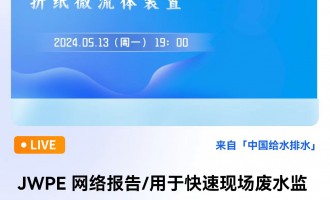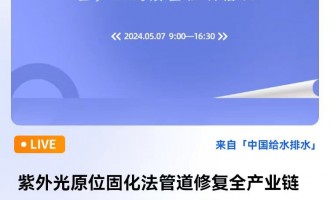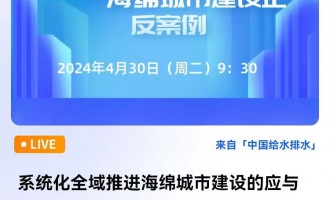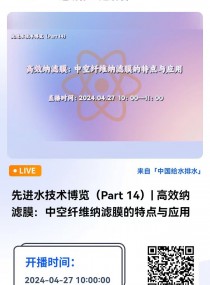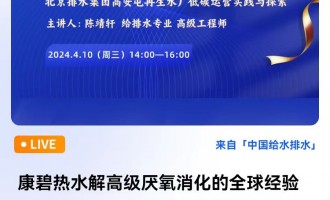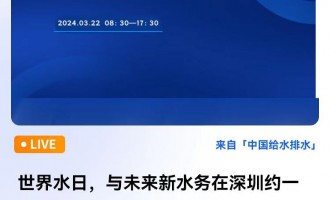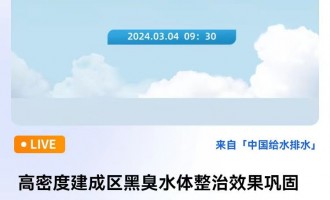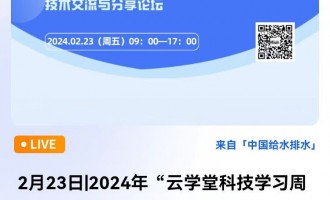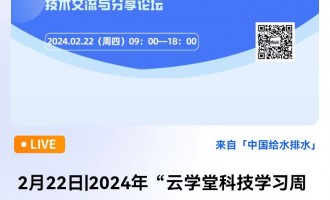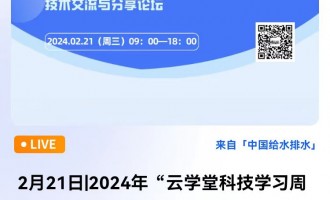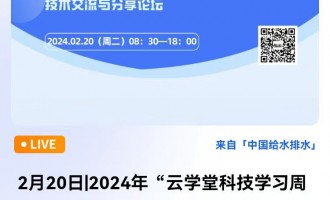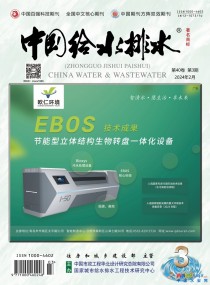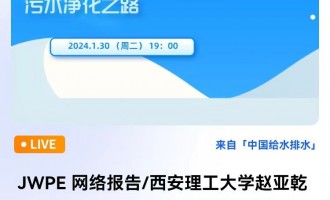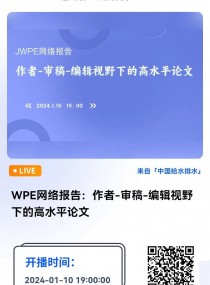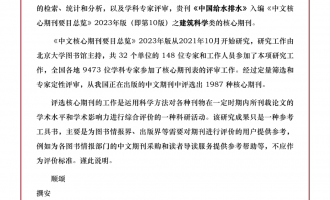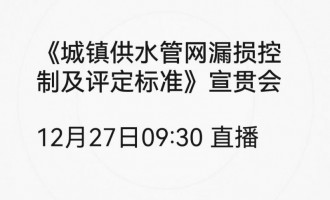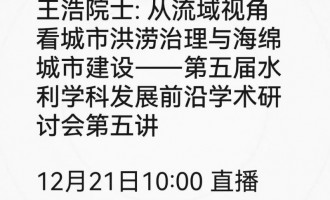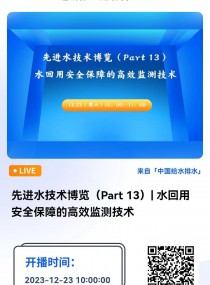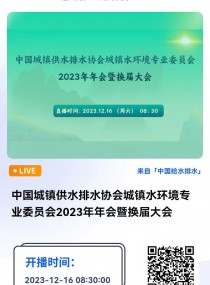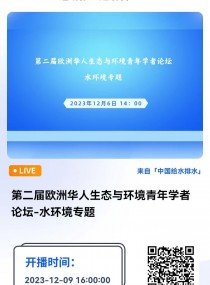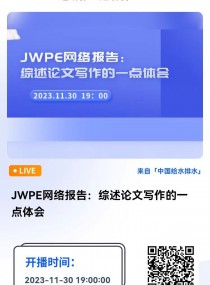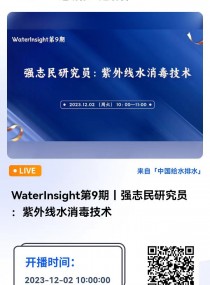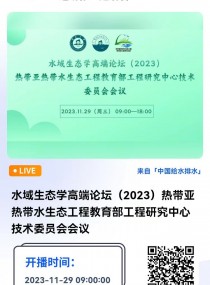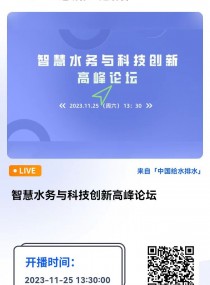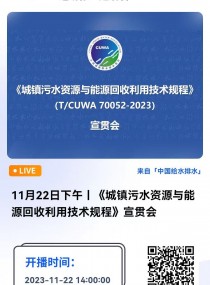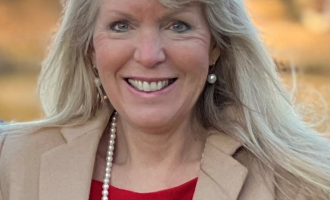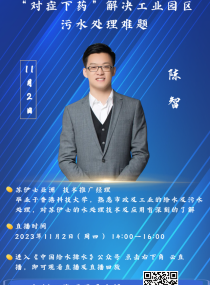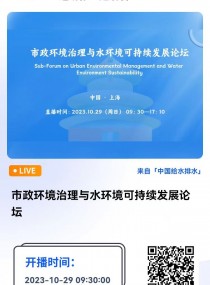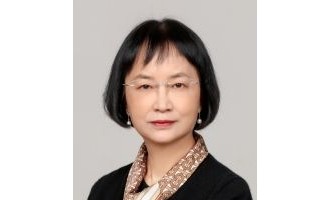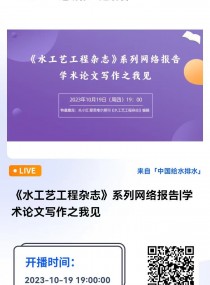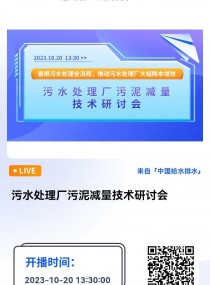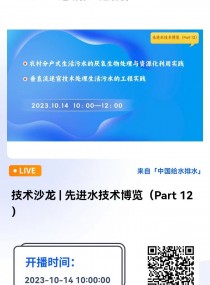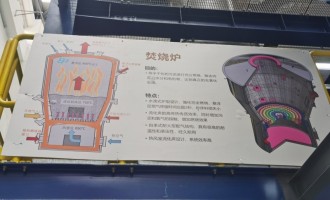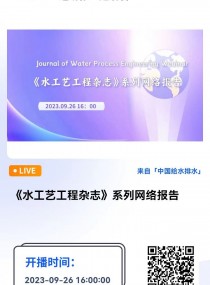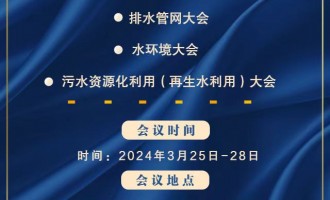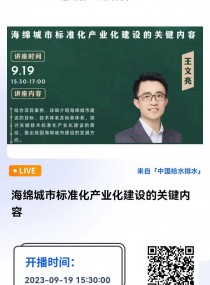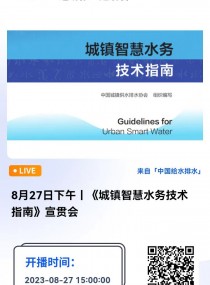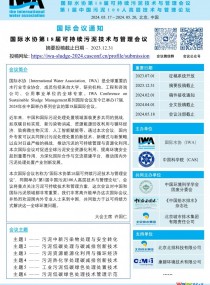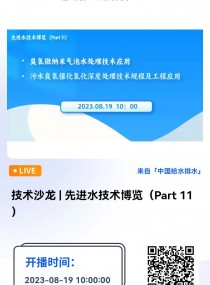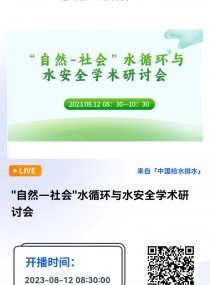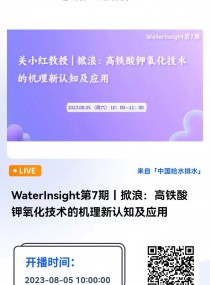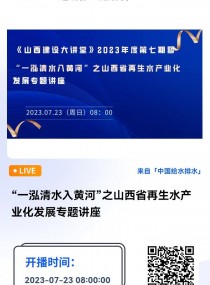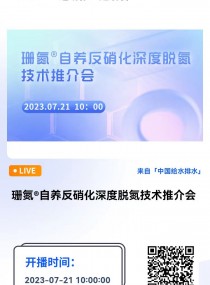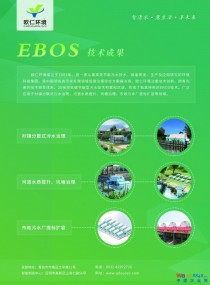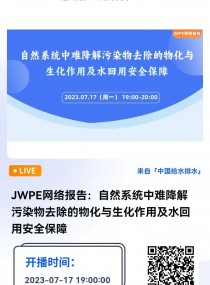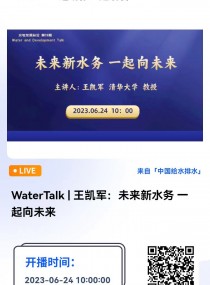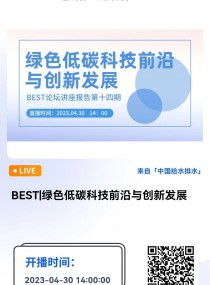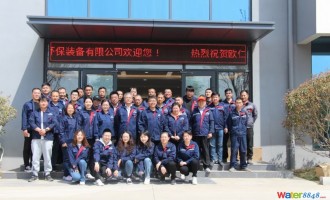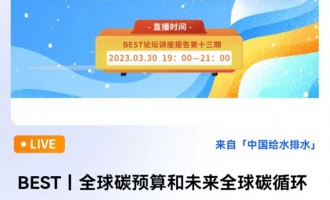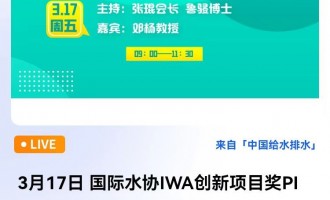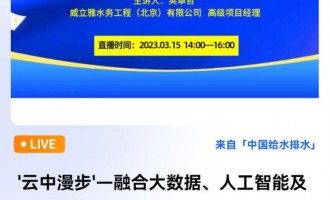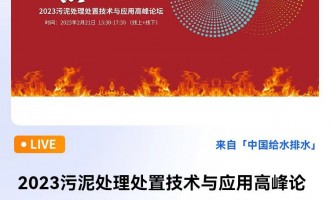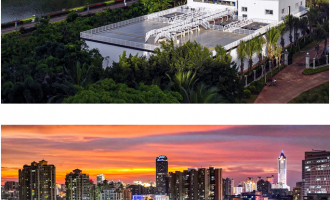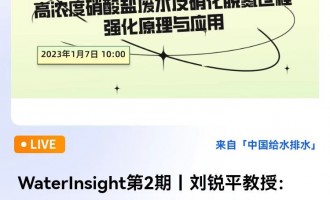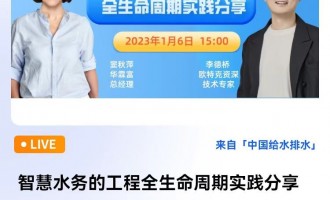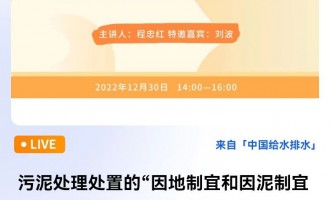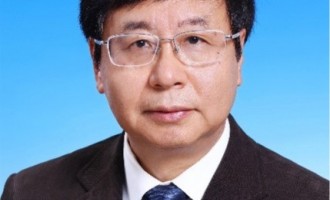碳中和:一個面向可持續污水處理廠可以實現的目標
碳中和是實現全球可持續污水處理廠的一項關鍵指標。幾年前,歐洲和美國一些污水處理廠便開始了它們面向碳中和運行的腳步,并建議到2030年時實現各自碳中和運行。例如,荷蘭STOWA(應用水研究基金組織)早在2008年對其污水處理廠回收資源與能源便便制定了路線圖,并為此提出了面上未來污水處理廠的NEWs(營養物+能源+再生水工廠)概念。許多研究與工程試驗已被用于探知從污水中回收能源,以滿足污水處理運行現場能量自給自足的可行性;這些舉措亦支持減少污水處理廠全生命周期溫室氣體排放的相關目標。一些能量中和運行的污水處理廠已在一些歐美國家出現,但是,面向碳中和運行目標的發展進程仍未很好建立。
實際上,碳中和常常與能量中和等同起來。從污水中回收資源以及低能耗污水處理的技術研發具有寬廣的范圍,包括從進水有機物及剩余污泥中回收能源、基質共消化、熱量回收、污泥焚燒等等。然而,除了能量之外,污水處理廠也常常從處理工藝本身和對資源消耗中(如,化學藥劑、混凝土等)誘發更多溫室氣體問題(例如,難以捕捉的N2O 或CH4)。因此,有關能源消耗、能量回收/生產、以及溫室氣體直接排放與間接排放的一系列解決方案均需研發,以建立污水處理廠作為碳中和運行的實體形式存在。
在此情形下,《Water Reaserch》編委會于2014年夏天決定出版一期與碳中和運行相關的專刊。本專刊旨在討論新理念、新思想,以此推動研發節能與能量回收為目的的污水處理技術并運行污水出來廠。從大約50篇特邀與開放投稿中,我們根據同行評審結果篩選出13篇論文,涵蓋面向能量回收潛能、基質共消化目標的新工藝、新方法研發,以定量、定向多尺度范圍內的可持續性平衡。
Potentials of energy recovery from wastewater treatment and/or wastewaterheat
從污水處理或污水熱量中回收能源潛能
Excess sludge is definitely animportant energy source to be recovered via anaerobic digestion. However, theamount of excess sludge depends heavily on the influent organic (carbon source:COD) concentrations. In some cases, carbon sources are insufficient,and barelymeet the needs of nutrient removal, and thus energy neutrality cannot beachieved, or is incompatible with conventional nutrient removal. Anaerobicdigesters generally have surplus capacity (about 20% in Germany), which isavailable for co-substrate digestion along with excess sludge. This ishighlighted by a full-scale study in Austria demonstrating the use of existinginfrastructure by addition of organic wastes (organic fraction of municipal waste) to anaerobic digesters to improve the energybalance of a WWTP substantially, resulting in “1+1>2” in terms of biogas production and solidsreduction (Aichinger et al.). The results reveal that organic co-substrateaddition of up to 94% of the organic sludge load resulted in tripling thebiogas production and that at an organic co-substrate addition of up to 25% nosignificant increase in cake production was observed and only a minor increasein ammonia release of about 20% was detected. The case studies fullydemonstrated co-digestion for maximizing synergy as a step towards energyefficiency and ultimately towards carbon neutrality.
On the otherhand, thermal energy in wastewater could be converted into heat to balance theenergy deficit towards carbon neutrality. An evaluation study on the energybalance of WWTPs (generally COD=200-400 mg/L) reveals that anaerobic digestionof excess sludge only provides some 50% of the total amount of energy consumptionin China (Hao et al.). The study furtherindicates that water source heat pumps (WSHP) could effectively convert thethermal energy contained in wastewater to heat WWTPs and neighborhoodbuildings, which could supply a net electrical equivalency of 0.26 kWh/m3× ℃ when 1 m3 of the effluent is cooled by 1 ℃. Overall,therefore, organic and thermal energy sources could effectively supply enoughelectrical equivalency for China to reach to its target with regards tocarbon-neutral operations.
Co-substratedigestion of both organics and inorganics (CO2)
有機物與無機物(CO2) 基質共消化
As mentioned above, co-digestion of excesssludge with external solid/liquid organics is a potential approach to carbonneutrality. CO2 addition was also tested to stimulate methaneproduction in digestion. A bench-scale investigation proved that high methaneproduction was achievable with the addition of concentrated external organicwastes to municipal digesters, at acceptably higher levels of digester organicloadings and with lower retention times. This allowed the effectiveimplementation of combined heat and power (CHP) programs at municipalwastewater treatment plants, with significant cost savings (Tandukar andPavlostathis). Industrial liquid waste obtained from a chewing gummanufacturing plant (GW) and dewatered fat-oil-grease (FOG) were chosen as theexternal organics, and co-digestion of excess sludge (primary + secondary at40:60 w/w TS basis) with GW, FOG or both was evaluated using four bench-scale,mesophilic (35 oC) digesters. The results show that biogasproduction increased significantly and additional degradation of the excesssludge between 1.1 and 30.7% was observed. Both biogas and methane productionswere very close to the target levels necessary to close the energy deficit.Furthermore, co-digestion resulted in an effluent quality similar to that ofthe control digester fed only with the excess sludge, indicating thatco-digestion had no adverse effects.、
Co-digestionof other organics than excess sludge has identical mechanisms and is often thebasis of co-digestion of excess sludge. A bench-scale study on co-digestion ofdairy manure (MN) with external organics (food waste - FW, alkaline hydrolysate– AH and crude glycerol - GY) evaluated the long-term stability of anaerobicdigesters compared to mono-digestion. Microbiome succession and time-scalevariability was also assessed (Usack and Angenent; Regueiro et al.). After operating for 900 d, four mesophilic individualco-digesters demonstrated different behaviors on both specific methane yield(SMY)/produced inhibitory compounds, and links between changing environmentalconditions and the microbiome composition. Among other things, GY co-digestionresulted in an optimum SMY of 549±25 mL CH4/g VS at a total organicloading rate (OLR) of 3.2 gVS/L·d (MN:GY = 62:38); stable digestion beyond this level was restricted by anaccumulation of long-chain fatty acids and foaming (Usackand Angenent). FD and AH co-digestion had the almost SMY (around 300 CH4/gVS at OLD=3.9 and 2.7 g VS/L·d;MN:FW = 51:49 and MN:AH = 75:25) ; FW caused no reduction in performance orstability, but AH caused free ammonia concentration at levels previouslyreported as inhibitory, and may have led to the observed accumulation ofvolatile fatty acids at higher loading rates (Usackand Angenent). Moreover, high throughput 16S rRNA gene sequencing, examiningthe microbiome succession revealed that the AH reactor microbiome shifted andadapted to high concentrations of free ammonia, total volatile fatty acids, andpotassium to maintain its function, and that adding FD and GY as co-substratesalso led to microbiome changes, but to a lesser extent, especially in the caseof the GY digester microbiome (Regueiro et al.).
As is well known, carbon dioxide (CO2) is a product alongwith methane production during digestion. On the other hand, CO2enrichment of anaerobic digesters (AD) was previously identified as a potentialon-site carbon revalorization strategy. Two pilot-scale ADs treating food wastewere monitored for 225 d, with the test unit being periodically injected withCO2 using a bubble column (Fernández et al.). The test ADmaintained a CH4 production rate of 0.56±0.13 m3 CH4/kg VS×d (vs 0.45±0.05 in the control) while maintaining a CH4concentration in biogas of 68%. An additional uptake of 0.55 kg of exogenous CO2. A 2.5fold increase in hydrogen (H2) concentration was observed andattributed to CO2 dissolution and to an alteration of the acidogenesisand acetogenesis pathways.
New processes for organic energy conversion from wastewater
從污水有機物中轉化能源新工藝
High-rate activated sludge (HRAS)processes (like the A stage in the A/B process) are often used to sequesterorganics from wastewater for energy generation in an efficient manner. A HRASpilot plant at psychrophilic temperatures was operated under controlledconditions. This enabled concentration of influent particulate, colloidal, andsoluble COD to a waste solids stream with minimal energy input, by maximizingsludge production, bacterial storage, and bioflocculation (Jimenez et al.). Results indicatethat important design parameters such as SRT, HRT and DO had little impact onthe removal of soluble COD. Therefore, controlling and maximizing removal ofcolloidal and particulate COD while minimizing mineralization and hydrolysis ofthe slowly biodegradable COD is pivotal for carbon redirection. Operating at alow SRT and HRT, the observed yield was near its maximum resulting in optimaluse of COD for biomass production near maximum sludge production rates. Underthese operating conditions, the HRAS systems required almost 60% less aerationenergy to remove a large fraction of the influent COD (50-80%) when compared toa conventional HRAS process.
Physicallysequestering organics (fine sieved fraction – FSF: mainly toilet paper) from wastewater is being proposed for energy generation. Abench-scale SBR study on digesting FSF from the influent of a municipal WWTP inthermophilic (55 °C) andmesophilic (35 °C)digesters demonstrated that FSF is a readily digestable solids stream. Decreasingthe AD batch cycle period resulted in improved digester performances,particularly with regard to the thermophilic digester, i.e. shortened lagphases and reduced VFAs’ peaks (Ghasimi et al.). Moreover, the two digesters harbored very differentbacterial and archaeal communities, with OP9 lineage and Methanothermobacterbeing pre-dominant in the thermophilic digester and Bacteroides and Methanosaetadominating the mesophilic digester.
Methane production via digestion is highly temperature dependent. Instead,sequestering organics via conventional primary clarification could directly beintegrated with psychrophilic anaerobic digestion for methane production. Apilot-scale anaerobic baffled reactor (ABR) was operated for more than twoyears to treat raw wastewater at water temperatures ranging from 12 to 23 ˚C (Hahn andFigueroa). The ABR not only exceeded the goal of meeting conventionalprimary clarification (TSS=83±10%, COD=43±15% and BOD5=47±15%), butalso enabled direct capture of the biogas (average 0.45 kWh/m3).Moreover, no settled sludge was wasted from the reactor in over two years ofoperation. Thus, an ABR can be implemented in place of a primary clarifier withmesophilic anaerobic digestion and achieve the same treatment outcomes in asingle unit process at ambient temperature, which does not require input ofenergy or chemical treatment. This paper also extensively assessed thepotential of methane to supersaturate.
Stimulating methane production in digestion could also be enhanced bysome innovative technologies such as microbial electrolysis cells (MEC). Anelectrically-assisted digester (EAD: equipped with a MEC bioanode and cathode)and a control digester were applied to treat waste activated sludge from amunicipal WWTP under ambient temperature conditions (22-23 °C) and three SRTs (7, 10 and 14 d) (Asztalos andKim).The EAD showed reduced concentration of acetic acid, propionic acid, n-butyricacid and iso-butyric acid, thought to be due to direct oxidation of theshort-chain fatty acids at the bioanode as well as an indirect contribution oflow acetic acid concentration to enhancing beta-oxidation. The VSS and CODremoval was consistently higher in the EAD by 5-10%, compared to the controldigester for all conditions. Furthermore, the magnitude of electrical currentin the EAD was governed by the organic loading rate while conductivity andacetic acid concentration showed negligible effects on current generation.
Different routesto carbon neutrality and sustainability
面向碳中和與可持續性的不同路徑
As mentioned above, carbon neutrality isoften referred to energy neutrality. There are however, manyother routes to carbon neutrality. This includes the management of heat resourcesand nutrient recovery from urine, as the greatest potential for reduction ofgreenhouse gas emissions is at the household level (i.e. decentralized systems),and thus robust wastewater management must be able to cope with the possibilityof a temperature decrease as a result (Larsen). In WWTPs, there is substantial potential for energyoptimization, both from improving electromechanical devices and sludgetreatment as well as through the implementation of more energy-efficientprocesses such as mainstream Anammox process or nutrient recovery from urine. Whethercarbon neutrality can be achieved depends not only on actual net electricityproduction, but also on the type of electricity replaced: the cleaner themarginal electricity, the more difficult to compensate for direct emissions,which can be substantial, depending on the stability of the biologicalprocesses. It is possible, for example, to combine heat recovery and nutrientrecovery from urine at the household level, both of which have considerable potentialto improve the climate friendliness of wastewater management.
Improvingthe energy balance of WWTPs, with the aim of moving towards carbon neutrality,may benefit the environment due to reduced carbon emissions. However, there isalso a need to explore wider economic, environmental and societal impacts, assustainability is a complex, multi-dimensional concept comprising of thesefactors and/or indicators. In this respect, ‘carbon neutrality’ or ‘energyneutrality’ do not necessarily imply sustainable operation as they address onlyone element of sustainability and implementation of low carbon solutions mayhave unintended detrimental effects on other aspects. An evaluation studydemonstrates that reducing energy use and/or increasing energy recovery toreduce net energy can be detrimental to sustainability (Sweetapple etal.).In the study, sustainability indicators including operational costs, net energyand multiple environmental performance measures are calculated. This enables identificationof trade-offs between different components of sustainability, which must beconsidered before implementing energy reduction measures. A major conclusion, highlightedat the end, is that improving the energy balance (as may be considered an approachto achieving carbon reduction) is not a reliable means of reducing totalgreenhouse gas emissions.
Apositive analysis of carbon neutrality towards sustainability illustrates thatthere are design and operational conditions under which submerged anaerobicmembrane bioreactors (AnMBRs) could be net energy positive and contribute tothe pursuit of carbon negative wastewater treatment (Pretel et al.). In this analysis,a quantitative sustainable design process was leveraged to develop a detaileddesign of submerged AnMBR by evaluating the full range of feasible designalternatives using technological, environmental, and economic criteria, whichintegrated steady-state performance modeling across seasonal temperatures(using pilot-scale experimental data and the simulating software DESASS), lifecycle costs (LCC) analysis, and life cycle assessment (LCA). Ultimately, theauthors demonstrate the need to integrate economic and environmentalassessments in decision-making by quantifying how mitigating GHG emissions maytransition from being financially advantageous to prohibitively expensive, evenacross a single design decision.
Taken altogether, these articles advance our understanding of howto achieve carbon neutral WWTPs. This laudable goal will undoubtedly require aportfolio of solutions, requiring academia and industry to work together onnumerous fronts to establish WWTPs as not only a protector of the local aquaticenvironment, but also the global environment that we all share.
XiaodiHao*
Beijing University of Civil Engineering and Architecture, China
Damien Batstone
The University of Queensland, Australia
Jeremy S. Guest
University of Illinois at Urbana-Champaign, USA
*Corresponding author.
E-mail address: haoxiaodi@bucea.edu.cn(X.-D. Hao).
=====================================================
雜志簡介
《中國給水排水》是面向全國給水排水和環境工程界的專業性科技期刊,具有較高的理論導向性和較強的工程實踐性,被稱為中國水行業的“首席雜志”、中文核心期刊、“中國百強科技期刊”中國精品科技期刊、中國科學引文數據庫來源期刊(CSTP)。
雜志訂閱
《中國給水排水》雜志全年24期,定價:15元/冊。
《中國給水排水》雜志在線訂閱網址:
http://www.watergasheat.com/dingyue.asp
雜志社地址
天津市和平區新興路52號都市花園大廈5號樓21層
編輯部電話
022-27835450、022-27836225
022-27835913、022-27835707
022-27832819
廣告咨詢電話
022-27835639、022-27835592
發行部電話
022-27835231
投稿郵箱
cnwater@vip.163.com


